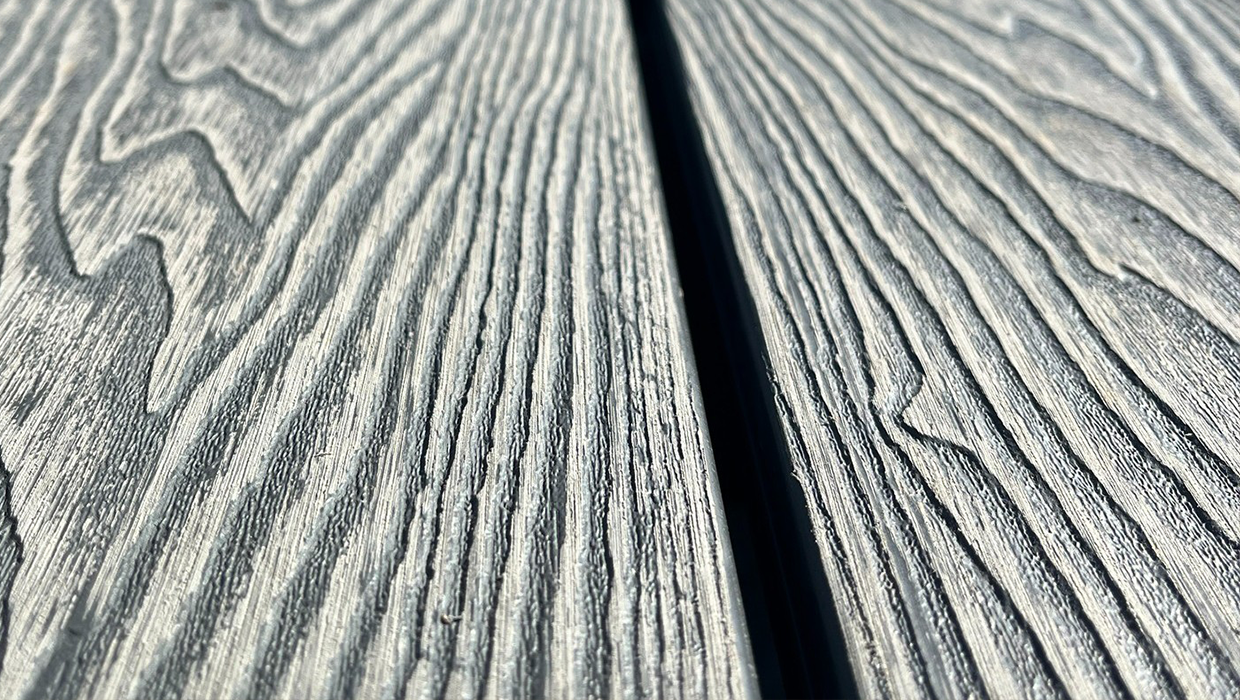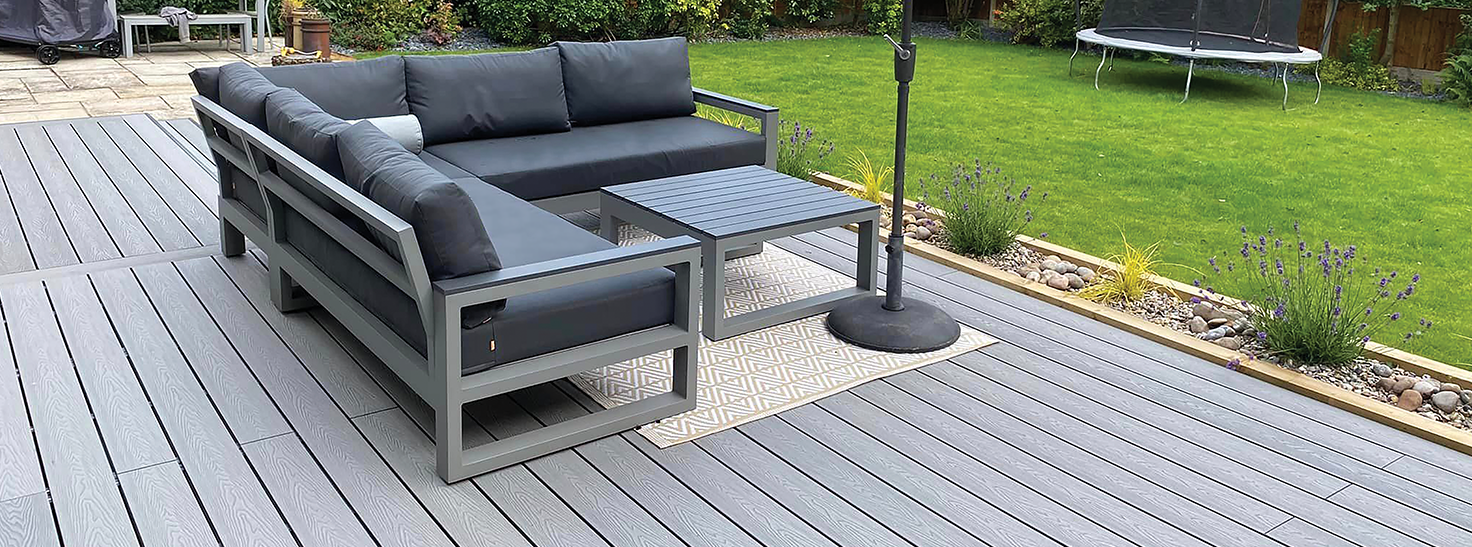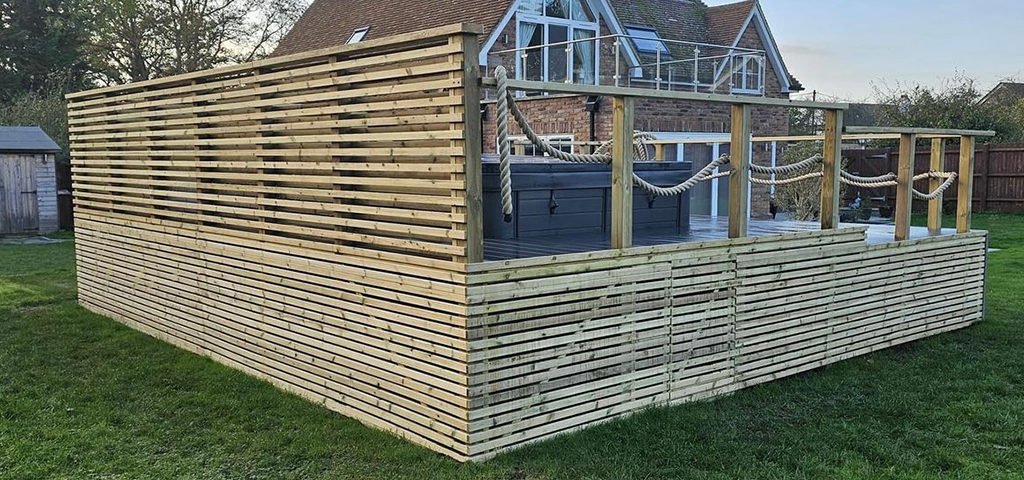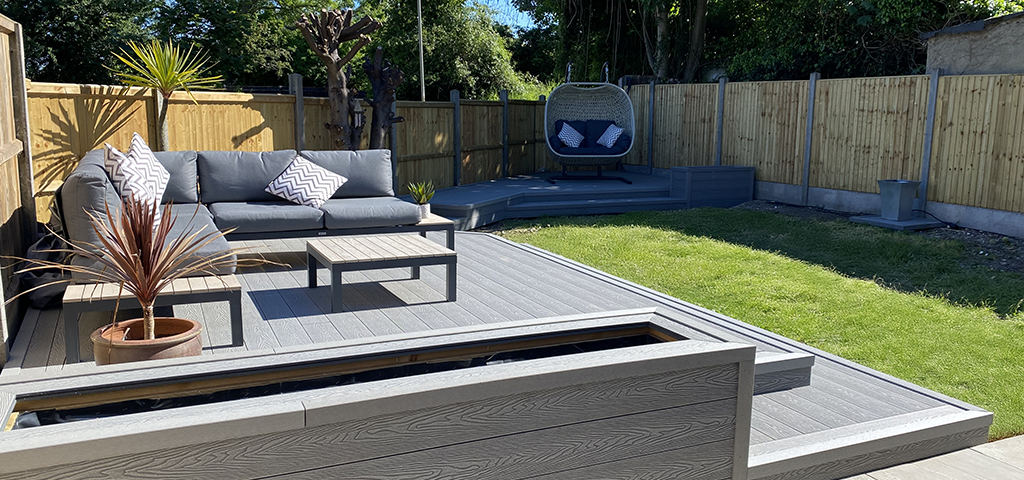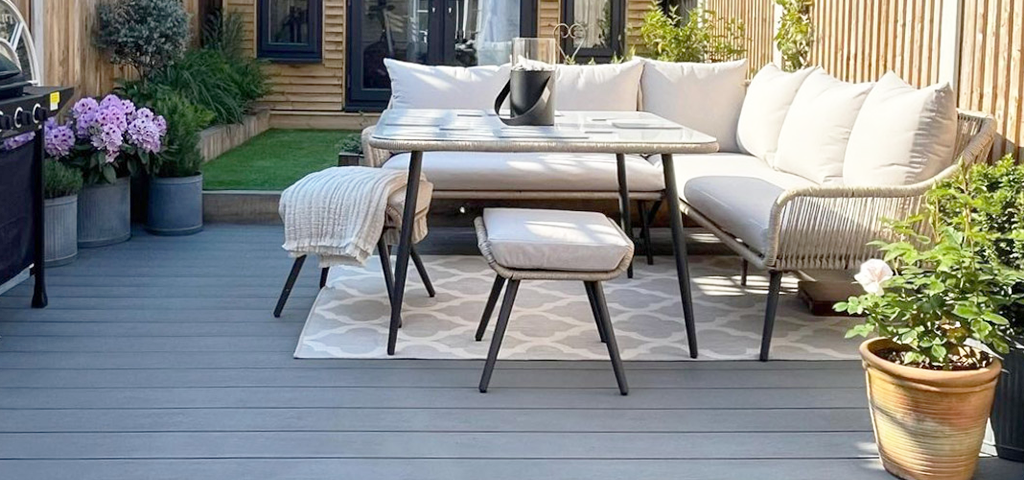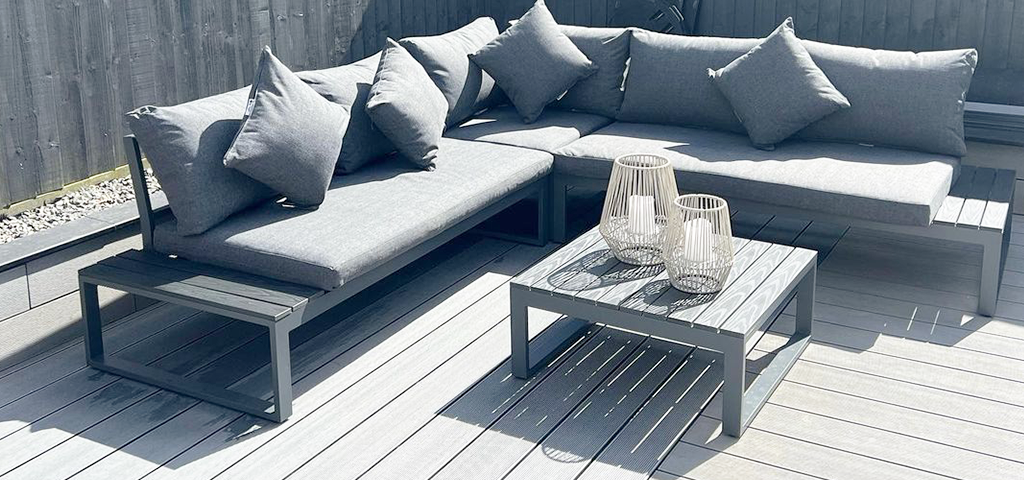Composite products have become a leading choice in the decking industry, known for their durability, low maintenance, and wide range of colours and finishes. Unlike traditional timber decking, which often requires regular staining, painting, or sealing, wood-plastic composite decking offers a low-effort solution that maintains its appearance over time.
At Cladco, our Signature and ProDeck composite decking boards are manufactured using a blend of 40% recycled plastics and 60% recycled hardwood fibres. We also provide FSC®-certified boards upon request. These natural wood fibres enhance strength and provide a more authentic timber-like finish, but they can also react to environmental factors such as moisture, UV exposure, and temperature changes.
When exposed to the elements—whether during heavy rainfall, frosty winters, or intense summer sun—composite decking can experience changes in colour. These shifts are a natural characteristic of wood-fibre composite materials and should be considered when selecting your board colour or planning your decking layout.
Understanding why colour variation occurs helps ensure confident, informed decisions for a consistent and long-lasting outdoor finish.
What Causes Colour Variation in Composite Decking?
Colour variation in composite decking is entirely normal, particularly in products that contain organic materials like recycled hardwood fibres. While these variations don’t affect performance or longevity, understanding the causes can help you achieve a more cohesive aesthetic.
To offset natural fading, many boards are manufactured with a deeper or more vibrant colour than their intended long-term shade. Over time, this fades to a more weathered, settled tone. It's important to note that the colour you see at installation may not be the final shade after months of outdoor exposure.
UV Exposure
Ultraviolet (UV) light is one of the main contributors to colour change. Prolonged sunlight exposure can cause pigments to fade, particularly during the initial weathering period after installation.
Cladco’s composite decking is engineered with this process in mind, designed to develop a stable and more uniform appearance over time.
Colour fading is more noticeable in uncapped boards, where the surface is directly exposed to sunlight. In contrast, polymer-capped boards, such as those in our ProDeck range, offer superior UV protection and fade resistance. This outer shell helps minimise colour change, maintaining a more vibrant appearance for longer.
Tannin Leaching
Tannin leaching occurs when prolonged rain washes tannins (organic oils in the wood fibres) from the boards, sometimes leaving temporary surface discolouration or residue on surrounding areas.
This is most common with uncapped boards and typically fades with natural weathering.
Manufacturing Process
Even though composite decking is manufactured under controlled conditions, minor environmental differences—such as humidity and temperature—can lead to colour variations between production batches.
For this reason, we strongly recommend ordering all decking boards for your project at the same time to help ensure colour consistency. In larger volume orders, some variation is still unavoidable due to manufacturing tolerances. It's also worth noting that different product types — such as bullnose boards or trims — may appear slightly different to standard decking boards, even within the same range.
Tips for Achieving a Consistent Finish
Board Arrangement
As mentioned earlier, slight colour differences can occur between decking boards due to production and environmental factors during manufacturing. Before installation, lay out all boards and arrange them in an order that creates a visually balanced look. For a clean, modern appearance, aim for the most consistent layout. If you prefer a more rustic or natural style, embracing subtle variation can add texture and character. If woodgrain boards are laid alternately, it will give the effect of colour variance.
Ultimately, the way you arrange your boards gives you control over the final visual effect.
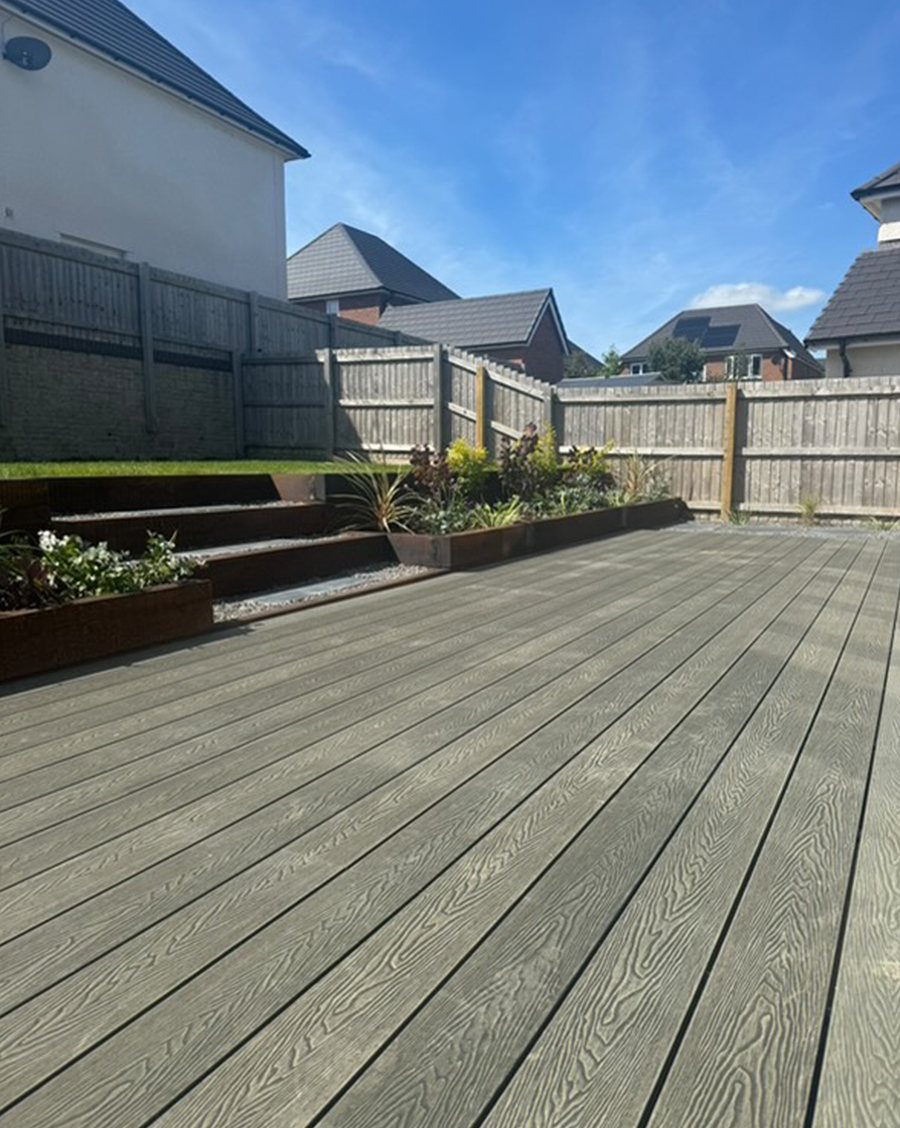
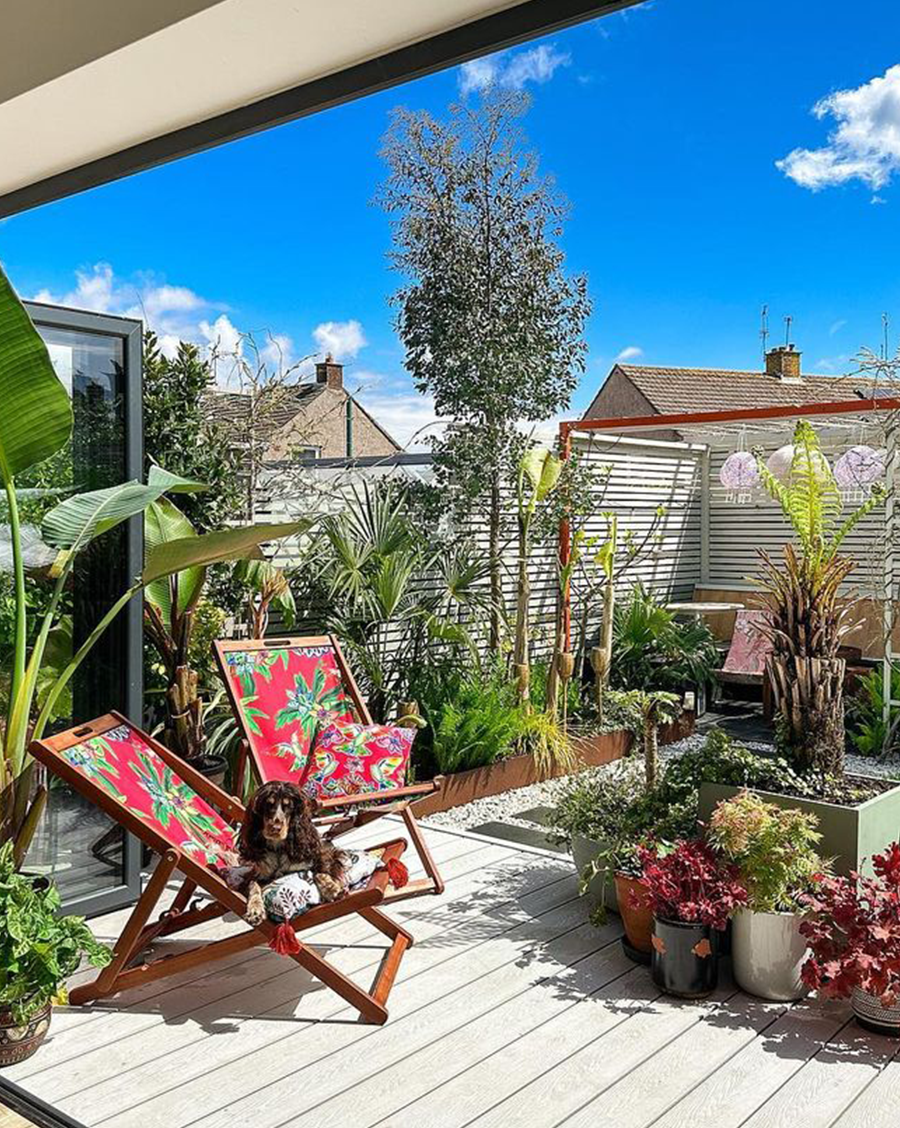
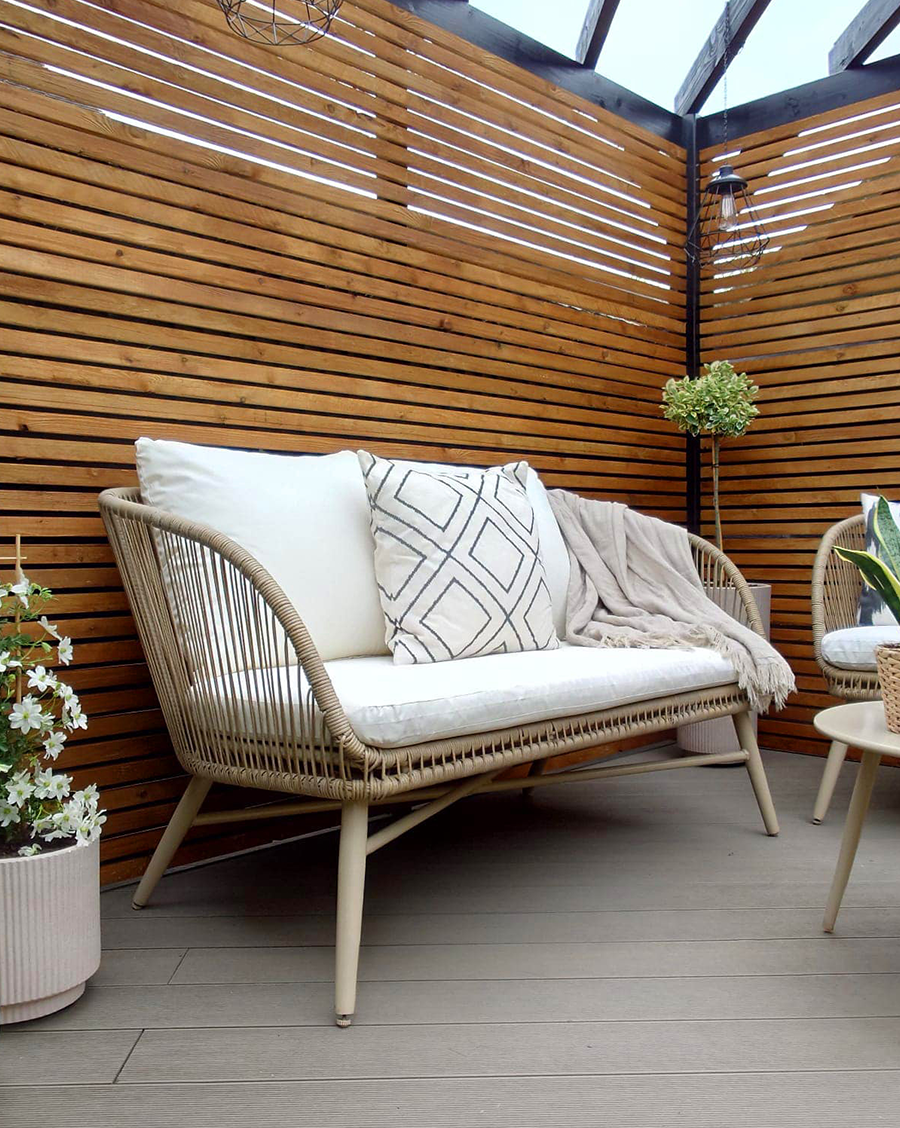
Decking Location
Consider where your decking will be installed. Decking boards may be better suited to shaded areas, where UV exposure is lower. Furniture or planters can also be positioned to shield decking from sunlight or to cover boards with more noticeable tonal differences.
Keeping Your Decking Clean
It's important to remember that cleaning won’t prevent natural colour fading in your composite decking, but it can help ensure that the weathering process happens more uniformly across the surface.
Composite decking is a low-maintenance alternative to timber, but a quick sweep and the occasional wash with a suitable composite decking cleaner will help to promote even weathering. When left for long periods without the recommended aftercare, dirt and grime can build up on the surface of the board and block UV light, causing some areas to fade faster than others.
For boards that have already weathered, you can also use a composite wood reviver to help restore their original colour. In addition to enhancing the decking’s appearance, some revivers can offer added protection against stains, moisture, and water.
Do Other Composite Products Experience Colour Variation Too?
So far, we’ve focused on composite decking, but you might be wondering whether the same applies to other products like fencing, cladding, or slatted panels. The short answer is yes. Since these composite products are often made using the same mix of recycled plastic, natural wood fibres, and pigments, they can be affected by things like sunlight, heavy rain, and even slight variations during manufacturing, just like decking boards.
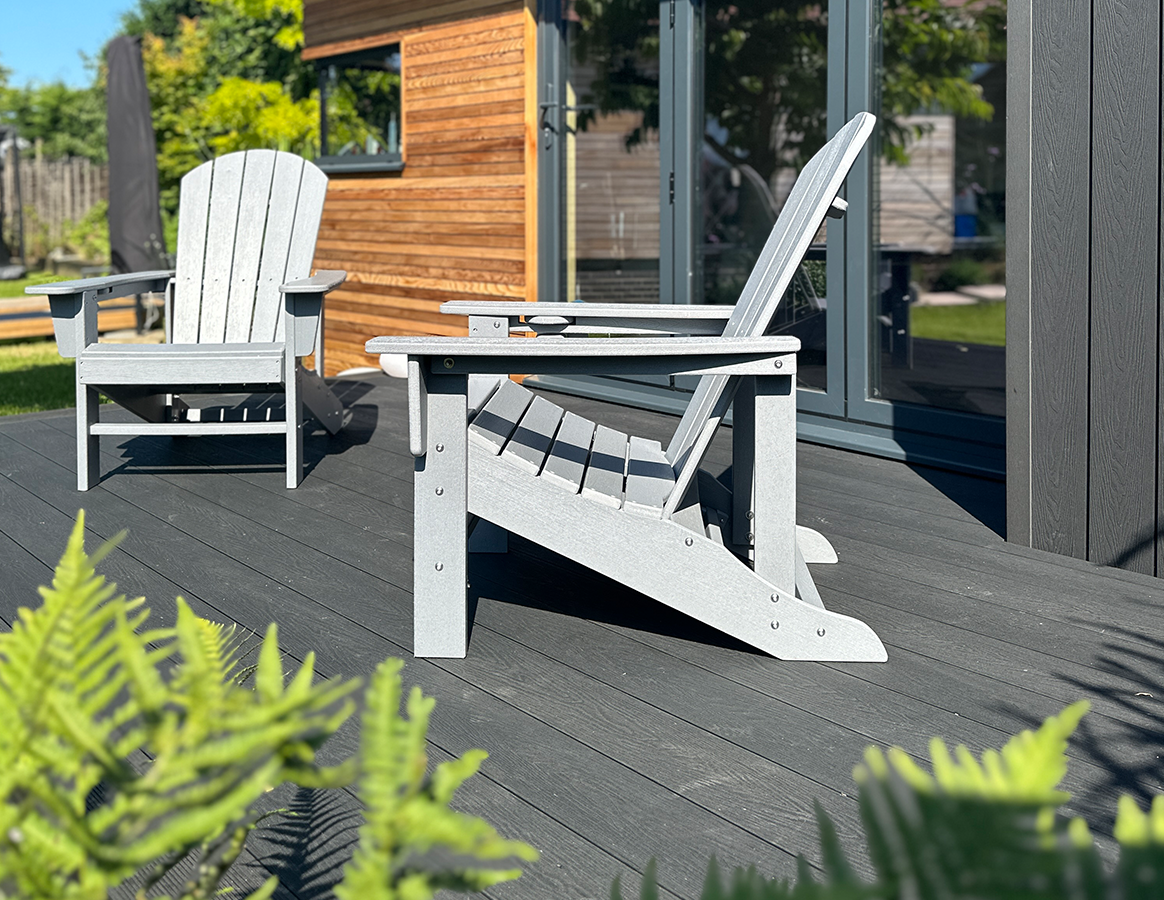
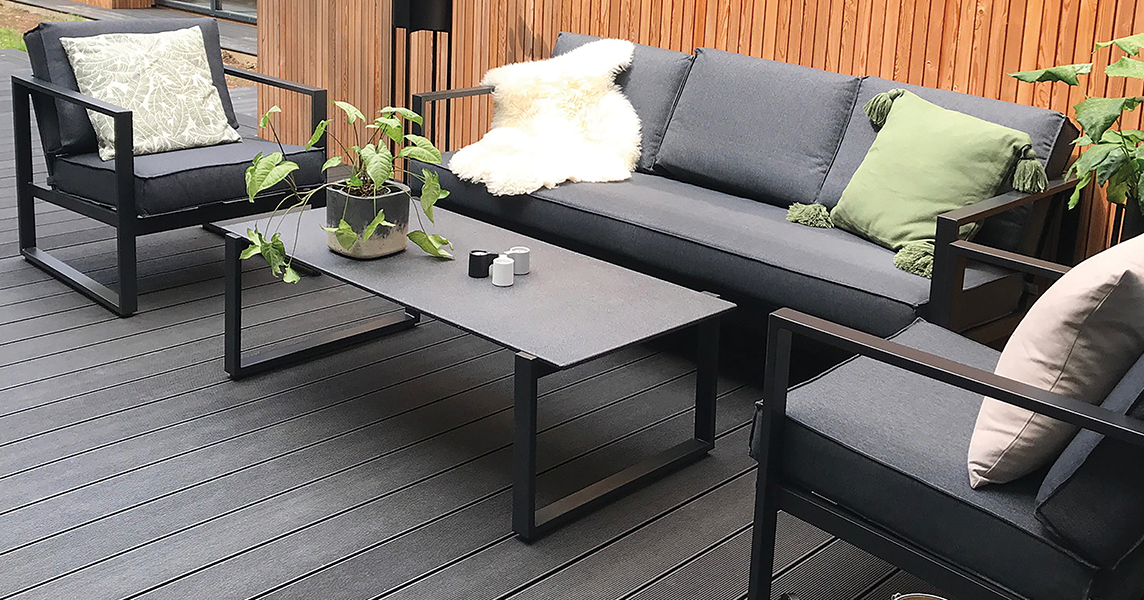
For instance, slatted panels can show tonal variation over time, particularly where open gaps allow more light to reach exposed board edges. Composite fencing panels placed beneath trees or near flower beds may also weather unevenly, as fallen leaves, moisture, and inconsistent sunlight can lead to subtle discolouration. Finally, composite cladding boards installed on sun-exposed, south-facing walls may experience faster fading than in shaded or sheltered areas. If long-term colour consistency is a concern, we recommend considering capped composite options like our ProFence and ProClad ranges, which offer exceptional protection against UV and moisture.
Conclusion
Colour variation is a natural feature of composite decking that includes recycled wood fibres. From UV exposure and tannin leaching to batch differences during production, these changes reflect how the material responds to its environment.
By planning ahead, arranging boards thoughtfully, and maintaining your decking with regular care, you can achieve a beautiful, consistent finish that lasts.
Cladco offers a range of composite decking options to suit your needs. Our Signature range provides dependable performance with a wood-plastic blend. For added fade resistance, the ProDeck range features a polymer-capped surface. For the highest level of UV protection, explore our Nordeck range — a premium PVC decking board, free from natural fibres and engineered for excellent colour retention.
